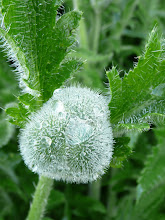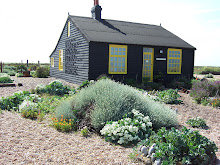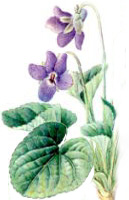
Click on link above for more Today's Flowers.

my photos
BLUE SALVIA
I like the garden at this time of year.
It comes alive again, replenished by increased rainfall.
The dry months of Summer do it no favours.
Blue Salvia.
I need no convincing.
This plant I really, and I mean really, love.

Salvia 'Black and Blue'.

Salvia 'Mystic Spires'.
o



























































































































